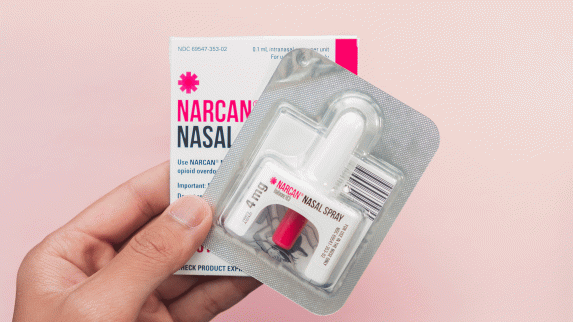Rates of prescriptions for naloxone to people at high risk for opioid overdose, as well as co-prescribing with opioids, has increased in emergency departments throughout the United States over the past decade, providing insight on the positive impact of federal policies and regulations, according to a Rutgers study. Federal opioid prescribing guidelines in 2016 made it easier for doctors to prescribe naloxone to patients at high risk for opioid overdose. When used properly, naloxone is highly effective at reversing or reducing the life-threatening adverse effects of opioids and in preventing unintentional death. But the rise in naloxone prescriptions coincided with an increase in opioid prescriptions during emergency department (ED) stays and at discharge, researchers noted in the study, published in The American Journal of Emergency Medicine. To read the full story.

